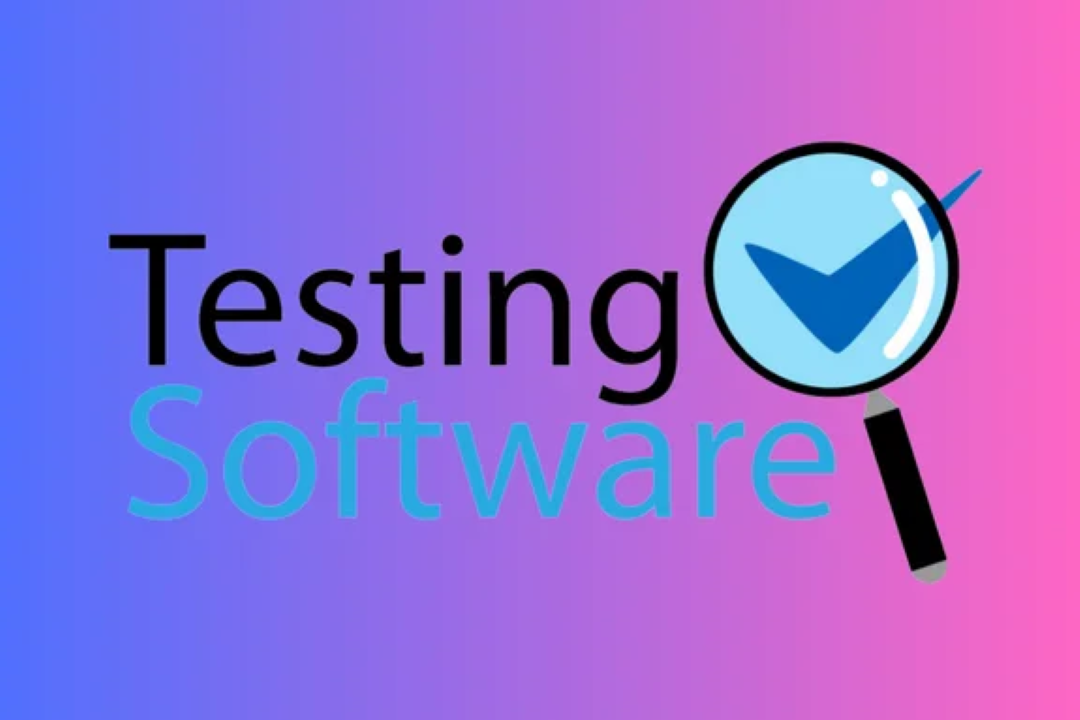Java caching mechanisms
Optimizing Performance with Java Caching Strategies
Java caching mechanisms
Java caching mechanisms are techniques that store frequently accessed data in memory to improve performance and reduce the latency associated with data retrieval from slower storage systems like databases or file systems. In Java, caching can be implemented using various approaches, such as in-memory caching with libraries like Ehcache, Guava Cache, or Apache Ignite, which provide simple APIs to manage the lifecycle of cached objects, including eviction policies and expiration times. These caching solutions can significantly enhance application performance by minimizing redundant data fetch operations, thus facilitating faster response times. Additionally, Java provides built-in tools, such as the `ConcurrentHashMap`, which can serve as a lightweight caching solution, enabling thread-safe access to cached data. Overall, effective caching strategies are essential for optimizing the performance and scalability of Java applications.
To Download Our Brochure: https://www.justacademy.co/download-brochure-for-free
Message us for more information: +91 9987184296
1 - What is Caching?
Caching is a technique used to store frequently accessed data in a temporary storage area (cache) to improve performance and reduce the time taken to retrieve data.
2) Benefits of Caching
Provides quicker data access, reduces latency, decreases the load on underlying data sources, and improves the overall efficiency of applications.
3) Java Caching Libraries
Java offers several libraries for caching, including Ehcache, Caffeine, Hazelcast, and Infinispan, each with unique features and capabilities.
4) In Memory Caching
Utilizes the main memory (RAM) to store cache data, enabling rapid access to frequently requested data without hitting the disk.
5) Distributed Caching
Caches are spread across multiple nodes in a network, allowing for data sharing and redundancy. This is especially useful in web applications to balance load and improve availability.
6) Cache Eviction Policies
Various strategies to remove stale data from the cache, such as Least Recently Used (LRU), Least Frequently Used (LFU), and First In First Out (FIFO).
7) Cache Expiration
Caches can be configured to automatically expire after a certain period, ensuring that outdated data does not linger in the cache.
8) Cache Coherency
Ensuring that all copies of data in the cache are consistent. Techniques such as invalidation and updating are crucial in distributed caching environments.
9) Java Caching Annotations
Spring Framework provides caching annotations such as `@Cacheable`, `@CachePut`, and `@CacheEvict` to simplify the implementation of caching mechanisms.
10) Local vs. Remote Caching
Local caching is data cached in the application’s memory, whereas remote caching uses external systems (like a cache server) to store cached data.
11) Cache Hierarchy
Implementing layers of caching, such as a local cache for quick access followed by a distributed cache for broader access can optimize performance even further.
12) Integration with Databases
Caching can be integrated with databases to reduce query times, often seen using ORM frameworks (like Hibernate) that support second level caching.
13) Caching Strategies for APIs
Implementing caching strategies for RESTful APIs, such as response caching and proxy caching, can greatly enhance response times for client applications.
14) Monitoring and Logging
Monitoring cache hits and misses is crucial to understanding cache effectiveness. Libraries usually provide logging features to analyze cache performance.
15) Testing and Validation
Ensuring that caching mechanisms are correctly implemented is essential. This includes unit tests for cache behavior and performance testing under load.
16) Common Pitfalls
Overusing caching can lead to memory bloat, cache stampede, and stale data issues. Understanding when and what to cache is critical for application performance.
17) Use Cases for Caching
Examples include session management, data retrieval in web applications, and pre computed data for analytics.
This outline provides a comprehensive overview of Java caching mechanisms, suitable for a training program aimed at educating students about efficient data management techniques in Java applications.
Browse our course links : https://www.justacademy.co/all-courses
To Join our FREE DEMO Session: Click Here
Contact Us for more info:
- Message us on Whatsapp: +91 9987184296
- Email id: info@justacademy.co












